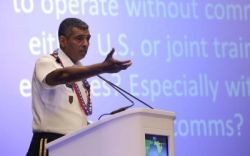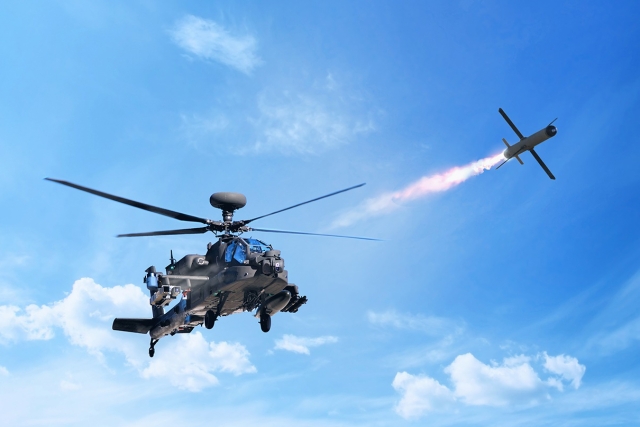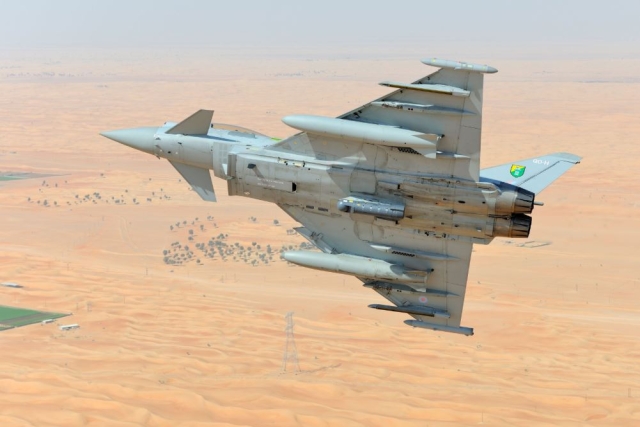Self-Inflicted "Digital Wounds" More Harmful Than Enemy Cyber Forces

US military and partner nations in the Asia-Pacific region believe that the self-inflicted digital wounds created due to lack of interoperability lead to more harm than enemy cyber forces.
"Before we have any contact with an enemy, we'll find we have degraded communication," Gen. Vincent K. Brooks, USA, commander, US Army Pacific, said during his opening speech at TechNet Asia-Pacific 2015 sponsored by Armed Forces Communications and Electronics Association (AFCEA) International and the AFCEA Hawaii Chapter.
"Being unable to exchange information effectively in a coalition environment would hamper US forces in their areas of strength." Gen. Brooks added.
The Asia-Pacific region features a diverse set of allies and potential partners who will shape the nature of future coalitions, so the lack of interoperability will require an international solution.
"We have to be extraordinarily adept technologically—and we're not," Gen. Brooks declared.
The general cited a specific example. The Republic of Korea must use two different mounted displays in a command vehicle, one for its own situational awareness data and another for the US Blue Force Tracker system. The two systems are incompatible, so they can't share data. As a result, war fighters must blend and sort information even while on the move.
U.S. allies share the general's interoperability concerns. "We don't think ahead enough about a coalition environment," said Britain's Capt. Nicolas Tindal, RN, who is posted to the US Pacific Fleet.
“This is particularly an issue when It is no longer possible to operate alone." He added.
During training exercises, the US and British ships can effectively share data through the CENTRIXS network, but if war breaks out, the US ships will immediately revert to using the Secret Internet Protocol Router Network. As a result, neither fleet can alert the other to threats or communicate situational awareness changes, Capt. Tindal pointed out.
The problem has been a long time in the making, reported Andy Singer, deputy director, intelligence, J-2, U.S. Pacific Command. "We came up with network-centric warfare when we should have had warfare-centric networks," Singer said.










